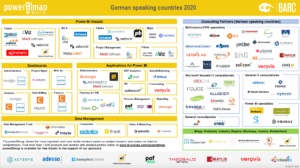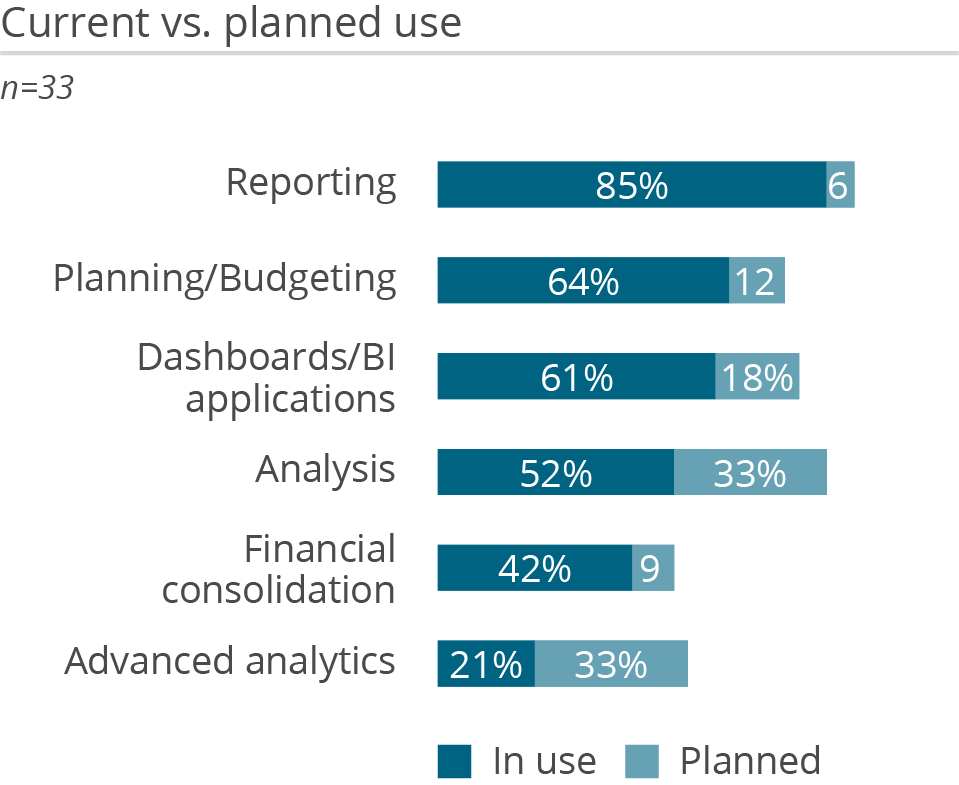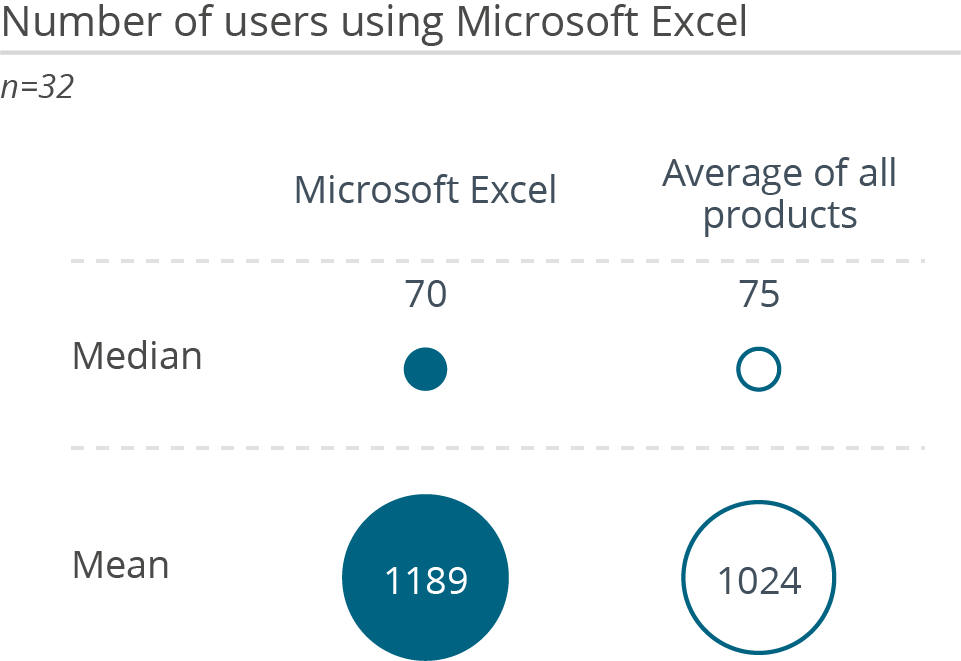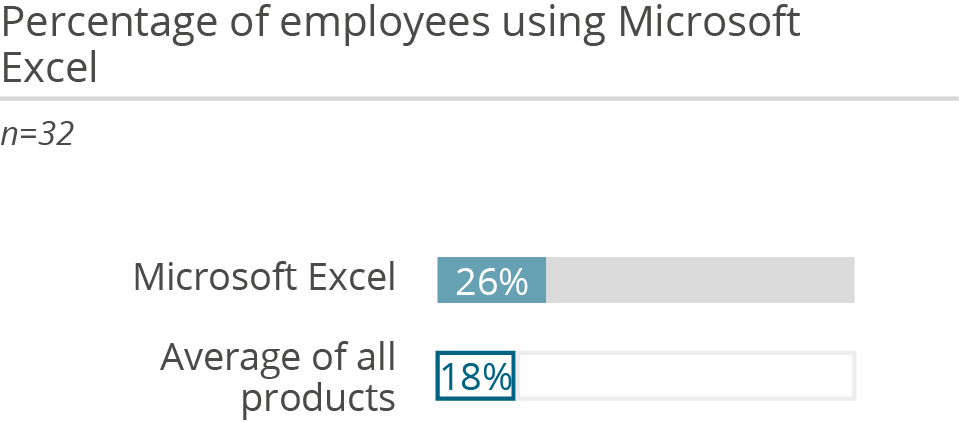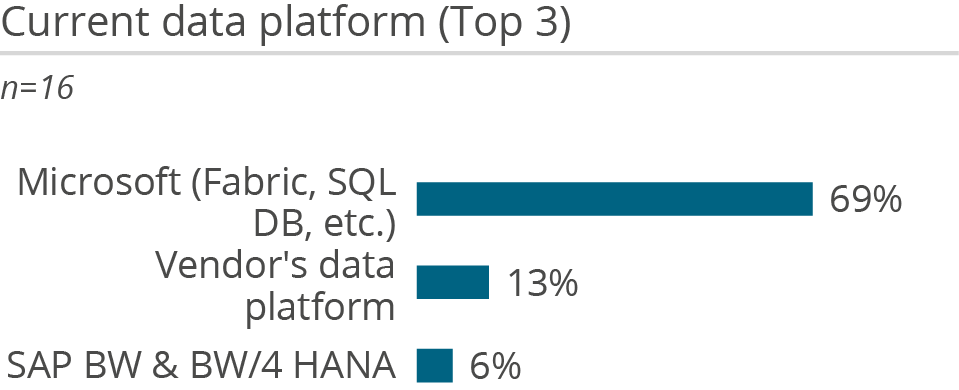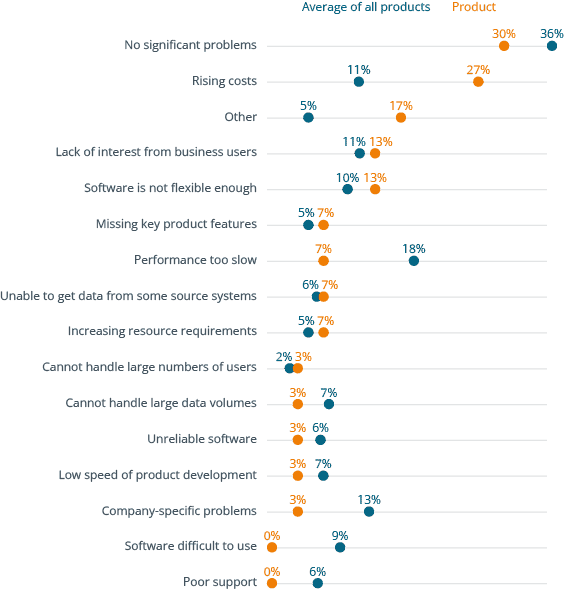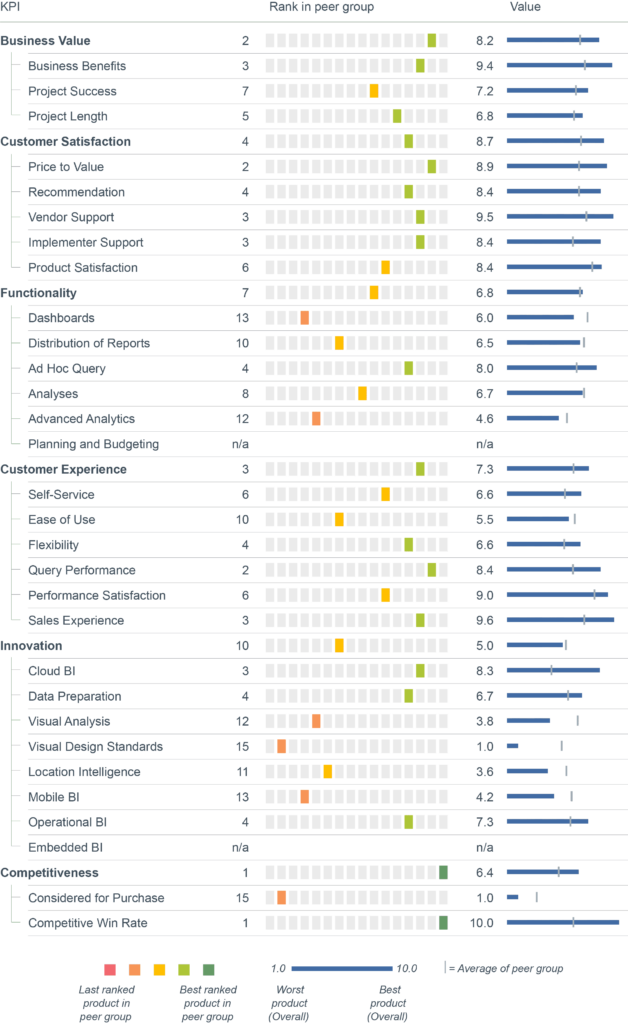Role
Project manager for BI/analytics from business department
Number of employees
Less than 100
Industry
Retail
Source
BARC Panel, The BI & Analytics Survey 26, 04/2025
What do you like best?
Cheap and easy.
What do you like least/what could be improved?
Cannot handle big data.
What key advice would you give to other companies looking to introduce/use the product?
Know the limitation.
How would you sum up your experience?
Okay.
